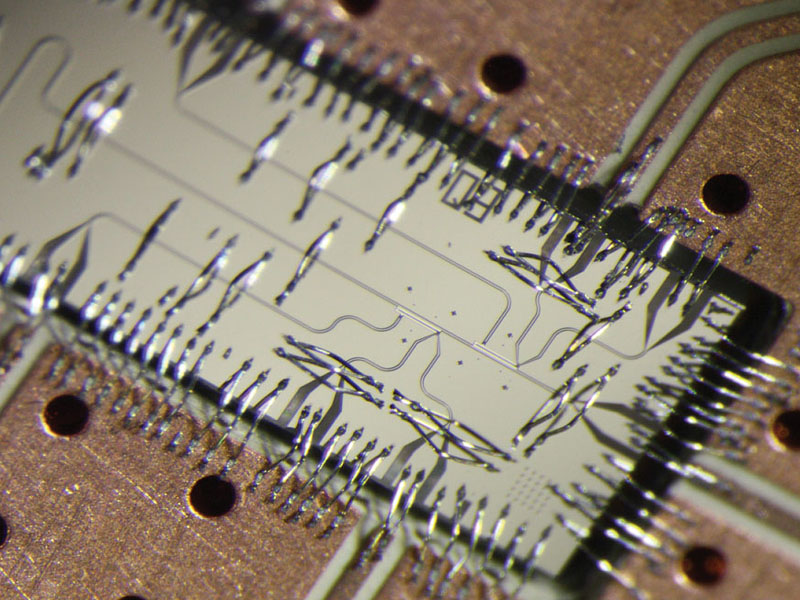
But it turns out that all of these problems can be overcome by the clever use of entanglement and superposition. We also can’t “see” the quantum information in the same way because looking at or measuring the qubit, which could be in any superposition of “0” or “1”, forces the state to choose either “0” or “1”.

For one, they can’t be cloned, so we cannot simply copy to an analogous “000” bit state. If any one of the physical bits happens to flip its state because an error has occurred (001), the original logical value (0) can still be recovered by “majority voting” (two “00s” overrule the “1”).Įncoding qubits are substantially more challenging than a bit. For example, three physical bits, 000, can encode the logical bit value of 0. In classical error correction, a bit (taking values 0 or 1) is encoded into multiple physical bits. The path forward is via quantum error correction (QEC), a robust theory which has been developed from the ideas of classical error correction in order to deal with errors in qubits.
#Quantum error correction with superconducting qubits how to#
In order to build a fully-functional, large-scale, universal, fault-tolerant quantum computer, we will need to figure out how to have long coherence times and deal with errors which may arise from the manipulation of the quantum computer. The art therefore lies in building quantum systems with reduced errors and long coherence times. How long a qubit retains its quantum properties is referred to as the coherence time and is a common metric to benchmark the quality of a qubit. And as it interacts more strongly with the world, errors are introduced in the computation. This need to couple the quantum computer to its environment sets a limit to how well the system can maintain its quantum behavior. Yet, there is a kind of tension, since the quantum computer must be coupled to the external world so the user can run programs on it and read the output from those programs. Quantum effects disappear when the system entangles too strongly to the external world, which makes quantum states very fragile. anything that is not the computer itself). Entangled states exhibit perfect correlation no matter how far the qubits are separated in space, and this may be one of the phenomena that grant quantum computing its power.Įntanglement is necessary for quantum computing, but can also lead to errors when it occurs between the quantum computer and the environment (i.e. Qubits, though, can exist in some combination of 0 and 1 simultaneously, a different state altogether that is called a “superposition.” When qubits interact with each other, they can form a special kind of superposition that is called entanglement. The classical equivalent of a qubit is the digital bit, the “1” and “0” ubiquitous in all modern computers.

Our team at the Thomas J Watson Research Center published results in the paper Implementing a strand of a scalable fault-tolerant quantum computing fabric (doi: 10.1038/ncomms5015) in Nature Communications (1) about recent experimental steps toward a “surface code” that shows promise for correcting these errors – and bringing fault-tolerant quantum computers a step closer to reality.

The holy grail of quantum applications is to perform tasks like large number factorization and simulation of complex quantum systems, problems which are intractable with today’s supercomputers.īut like today’s machines, quantum computers suffer from errors, and, worse, these errors seem to be fundamental, since quantum information is so fragile. If a quantum computer could be built with just 50 qubits, there is not a combination of today’s Top500 supercomputers that could successfully emulate it. Imagine emulating a quantum computer using today’s approaches to building the largest computer systems in the world. Qubits are two-level systems that obey the laws of quantum mechanics. And when made a reality, the performance improvement will be due to their fundamental unit of information: a qubit. Quantum computers promise to open up new capabilities in the fields of decryption and simulation not possible in today’s computers.


 0 kommentar(er)
0 kommentar(er)
